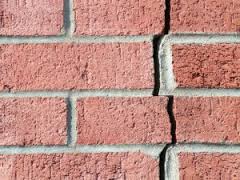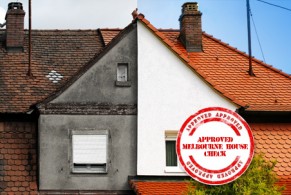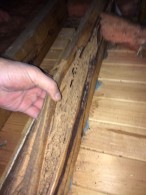In Victoria, building work is regulated by the Victorian Building Authority (VBA) which is responsible for ensuring the compliance of builders and plumbers. However, the building process has some pitfalls for those who are uninformed. If you are buying or selling a house it is important you know the regulations of building permits. The Building Act 1993 legislates that all building work is subject to the issuing of a building permit, unless the proposed work falls under an exemption under the Regulations. This includes alterations, demolitions and removals/relocations of buildings. A building permit will specify that either an occupancy permit is required or a certificate of final inspection is required on completion of the building work. If you are unsure of whether a house has had a building or planning permit issued, consult your municipal offices as to whether the building work required or had a building permit issued. A building permit ensures that the building work:
- is done by registered and insured builders
- has the correct documentation
- is inspected at different stages of work, and
- is independently assessed as finished and/or suitable for occupation.
The building permit also lists the types of inspections you must have at different stages of work. Some types of inspections are footing, steel reinforcement, frame and final inspection. Large fines apply if you build without the correct permits. You can be forced to demolish illegal buildings. It is important that if you are planning renovation work at your house you are 100% aware of the need of a building permit. Examples of building work requiring a building permit are:
- a new home or factory
- a swimming pool
- extensions
- renovations
- demolition, or
- building removal.
You may also need a building permit for smaller projects like:
- a new fence
- re-stumping
- retaining wall
- boundary wall
- spa
- safety barrier for a swimming pool or spa
- garage
- carport
- outbuilding
- Veranda, or pergola.
If there has been building work done at a house you are considering buying, check that a building permit was issued and the work was completed by a registered builder. Call Melbourne House Check for further assistance on 1300 729 352.
You can find our relevant Facebook posts on this matter also,












